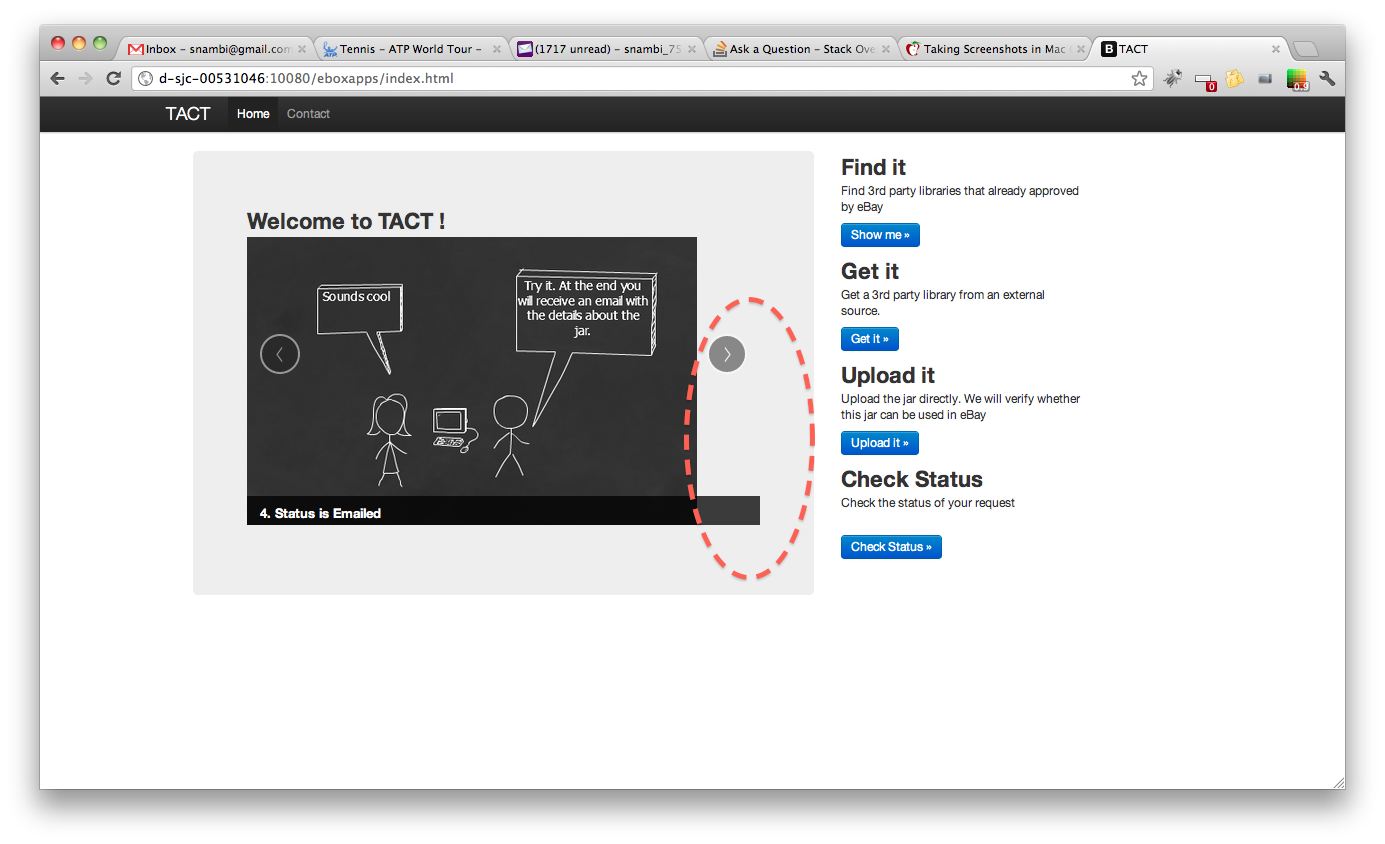

Slide with Control: This example shows how to control the previous, next, current image. Slide only: In this example only slide is visible. The following example and output are different image sliders: Example #1

Images are automatically sliding within interval time.Initializes the carousel with an optional options object and starts cycling through items. See our JavaScript documentation for more information.carousel(options) In addition, a method call on a transitioning component will be ignored. They return to the caller as soon as the transition is started but before it ends. Whether the carousel should cycle continuously or have hard stops.Īll API methods are asynchronous and start a transition. If "carousel", autoplays the carousel on load. Note that this is in addition to the above mouse behavior.Īutoplays the carousel after the user manually cycles the first item. On touch-enabled devices, when set to "hover", cycling will pause on touchend (once the user finished interacting with the carousel) for two intervals, before automatically resuming. If set to false, hovering over the carousel won't pause it. If set to "hover", pauses the cycling of the carousel on mouseenter and resumes the cycling of the carousel on mouseleave.

Whether the carousel should react to keyboard events. If false, carousel will not automatically cycle. The amount of time to delay between automatically cycling an item. For data attributes, append the option name to data-, as in data-interval="". Options can be passed via data attributes or JavaScript. Via JavaScriptĬall carousel manually with: $ ( '.carousel' ). It cannot be used in combination with (redundant and unnecessary) explicit JavaScript initialization of the same carousel. The data-ride="carousel" attribute is used to mark a carousel as animating starting at page load. Alternatively, use data-slide-to to pass a raw slide index to the carousel data-slide-to="2", which shifts the slide position to a particular index beginning with 0. data-slide accepts the keywords prev or next, which alters the slide position relative to its current position. Use data attributes to easily control the position of the carousel. Praesent commodo cursus magna, vel scelerisque nisl consectetur. img-fluid on carousel images to prevent browser default image alignment. carousel for optional controls, especially if you’re using multiple carousels on a single page. Add and customize as you see fit.īe sure to set a unique id on the. While carousels support previous/next controls and indicators, they’re not explicitly required. As such, you may need to use additional utilities or custom styles to appropriately size content. ExampleĬarousels don’t automatically normalize slide dimensions. Lastly, if you’re building our JS from source, it requires util.js. Please be aware that nested carousels are not supported, and carousels are generally not compliant with accessibility standards. In browsers where the Page Visibility API is supported, the carousel will avoid sliding when the webpage is not visible to the user (such as when the browser tab is inactive, the browser window is minimized, etc.). It also includes support for previous/next controls and indicators.
#BOOTSTRAP CAROUSEL FLUID IMAGE SERIES#
It works with a series of images, text, or custom markup. The carousel is a slideshow for cycling through a series of content, built with CSS 3D transforms and a bit of JavaScript.


 0 kommentar(er)
0 kommentar(er)
